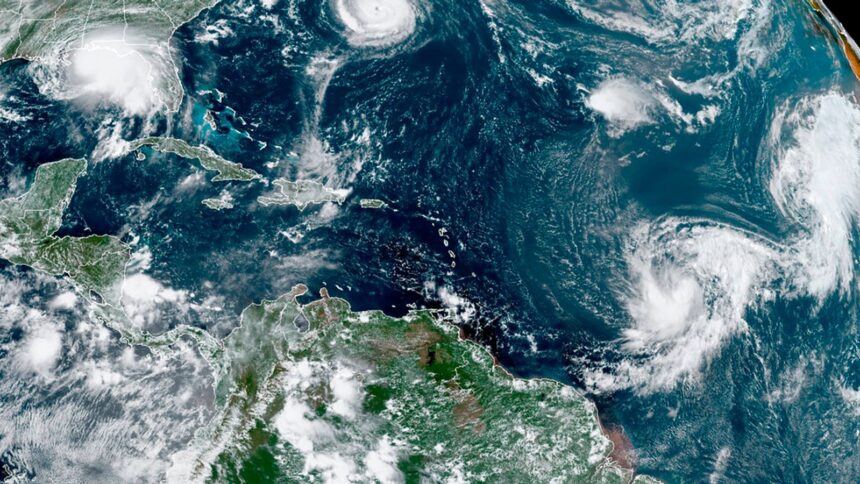The largest oscillations in the Earth’s climate system, La Nina and El Nino are caused by natural temperature changes in some regions of the Pacific Ocean and have a significant effect on human life as well as severe weather.
The current neutral circumstances have a 60% possibility of giving way to La Nina between October and February of next year, according to the World Meteorological Organization (WMO) of the United Nations, which released its report on Wednesday.
It comes after an extended period of its opposite, the warming El Nino weather trend, which contributed to a record-breaking 12 months of heat before it began to decline in the early summer.
But as a result of climate change, both are now layered over rising global temperatures.
Thus, neither the long-term global temperature rise nor the skyrocketing ocean heat that has scientists concerned will be hampered by the colder La Nina.
“La Nina will temporarily put the brakes on the surge in global ocean surface warming,” said Reading University professor Richard Allan. “Yet rising greenhouse gases and cleaner air will continue to cause more heat to flood into the deeper ocean.”
La Nina is defined by abnormally low sea surface temperatures in the equatorial Pacific, which lead to generally colder weather.







